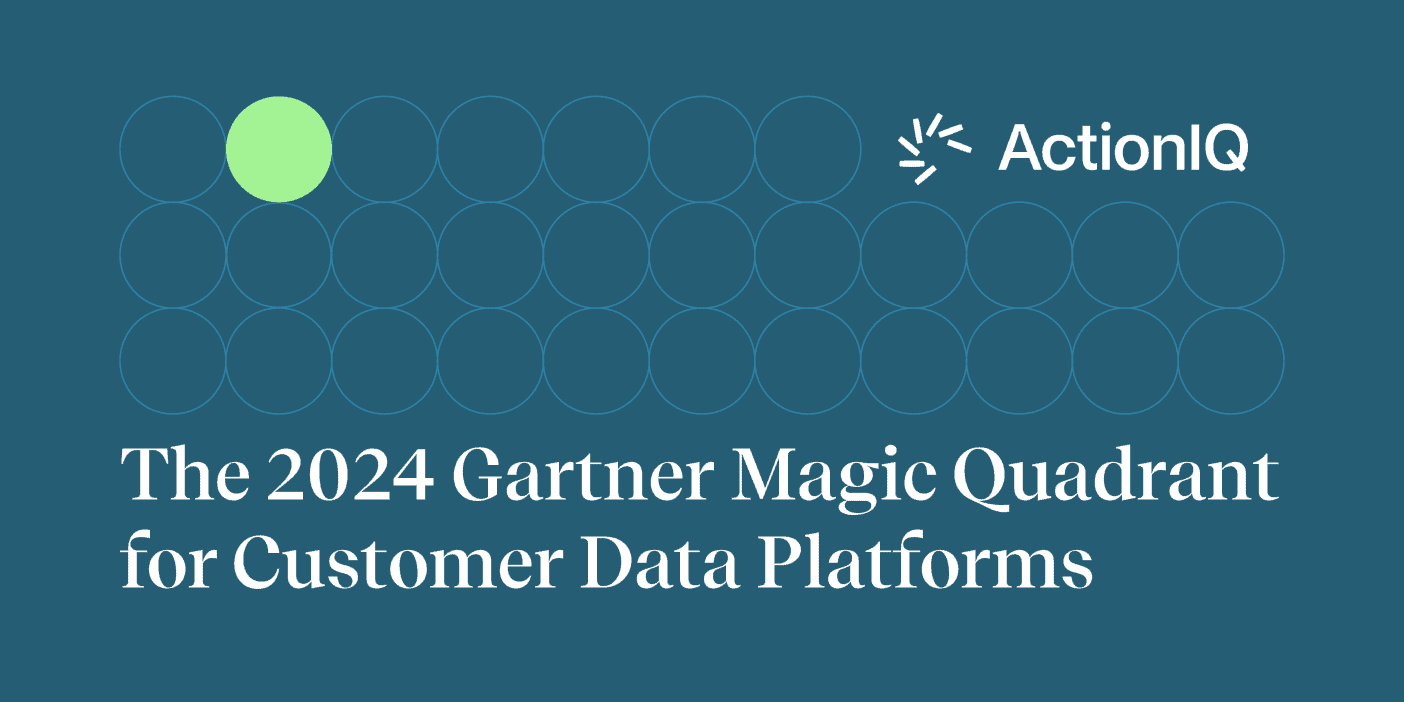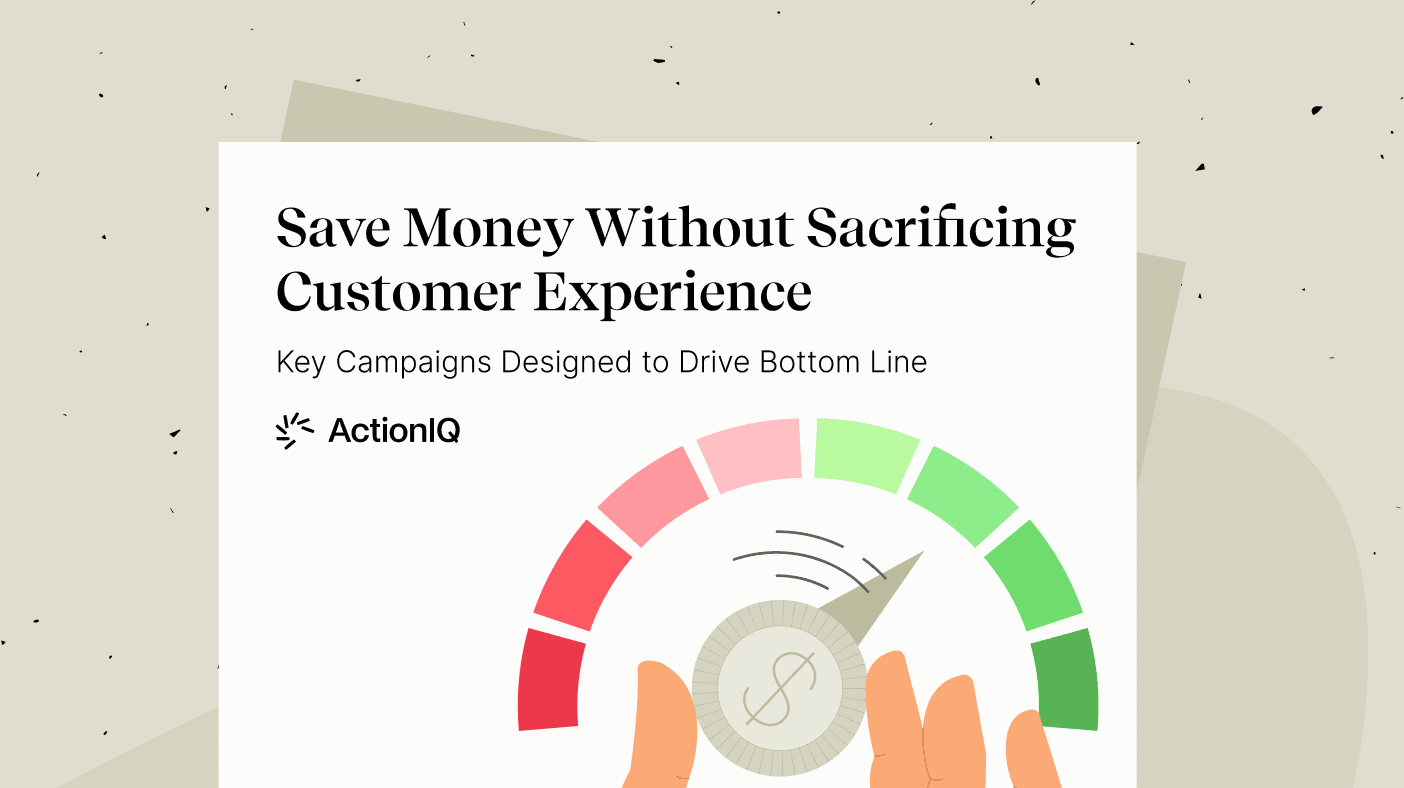Marketing’s Relationship Status With Data? It’s Complicated

Simply put, marketing’s relationship with data is, well, complicated. Too often data has played hard to get. Most of it is impossible to reach and even harder to understand. But that’s all changing because data is truly becoming the partner you have always wanted and needed. Here’s why.
The Struggle Is Real
A power struggle in any relationship is a pretty bad sign. And that’s exactly what’s happened with data.
When data becomes an intrinsic part of an organization, there are bastions of power. The one who holds the data— the CIO, the CTO, or IT—plays an innate role in how the rest of the organization, and marketing in particular, can operate and even find success. For years, data has been siloed, stuck in a bad marriage of convenience. But now it’s being set free.
Any successful relationship needs a level playing field (and not one partner with more power over another). Everyone in an organization can now gain access, from marketing to IT to finance. It even extends outside of your own organization. Nothing is hidden, and it’s open to all.
Think about the traditional structure of a product manufacturer and retail stores, there is relatively little communication between their sets of the data. In this changing relationship, the supply chain can tap into data that was previously unavailable: how shoppers are choosing products or even the details of transactions. This is a huge power shift of insights and accessibility, and brings with it a host of new relationship challenges and opportunities both internally and externally. First thing to do? You need to start a conversation.
Start Talking and Get on the Same Page
Even the best of relationships end up in arguments. Too often, data creates a lot of these.
Imagine a marketer, a data analyst, and a financial analyst in a meeting to discuss campaigns or success over the quarter. They may all have different sets of data (or even the same data!) being used in their positions and not shared with one another. And, too often, the conversation quickly devolves because no one agrees on the numbers that are showing up.
This isn’t data’s fault, though. It’s the fact that each person has a different perspective and business definitions. Marketing may see success through the traffic, but finance sees a loss of money that isn’t directly translatable.
As data becomes more available and transparent, everyone (from the vendor to finance) must get past arguing and rally around a common goal. This includes concrete business definitions, and agreement for what success looks like—and how the data available to all parties can help to support the objectives. A successful relationship is all about communication and finding common ground. Same goes for data.
Testing Your Relationship With Data
Relationships are often tested. While it may seem difficult at the time, it’s the only way a partnership can grow. One of the biggest failings of our relationship with data is just that: We don’t test it enough.
Too often marketers place all their chips on a campaign, only to find it fall flat. This is because there’s been a consistent fear of lost revenue by taking the time to test and measure first. Yes, it can have a cost, but it’s well worth it when entire campaigns could hit the scrap heap instead.
The cycle of growth should now be: idea, design, target, create, execute, measure, learn…and repeat! Unless you measure you can never improve. Not only that, you won’t even know when you regress. Being able to answer a fundamental question such as “How much money is my entire CRM program making?” is actually very delicate, demanding a strong and disciplined measurement approach. It’s relatively easy to answer “How well did this specific campaign do versus what I normally do” (and still requires a control group). But to answer “What would have happened if we did not do any of this?” requires keeping a random set of customers out of any marketing campaign. This requires very firm executive support to justify the value (you are losing revenue by keeping them out of campaigns….) and robust discipline – no campaign can talk to these people, not even once…. Arguably, answering that kind of question is much more critical.
In the end, we all want a better relationship with our data and each other. It’s time to reevaluate the vow of “for better or worse.” Marketers certainly have had the “worse” part covered in working with data. Now it’s time to move on to the better for a happily ever after.





